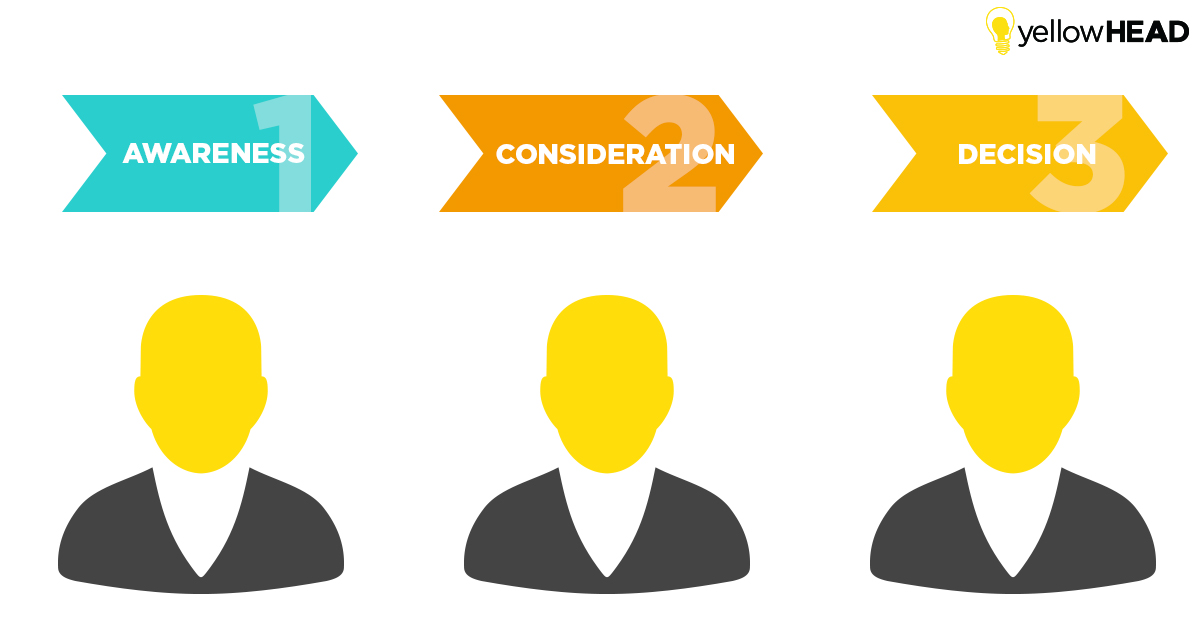SEO vs. PPC – Which Is the Right Marketing Channel for YOU?

Cost
Agencies that provide SEO services usually work with a fixed retainer that changes depending on your site’s size and the required attention. If your site has poor technical foundations, if it was penalized by Google, or if you plan on adding tens of landing pages to the site within a month, it would probably require many resources and SEO will cost more, accordingly.
Agencies that provide PPC services usually charge you with a percentage of your overall ad spend, one that varies depending on your UA budget. Meaning that the monthly spend on user acquisition can change from one month to another, and is usually much more flexible.
Short Run vs. Long Run
SEO takes time. Seriously. You need to come to this process with a lot of patience. If your site isn’t ranked on the first 2 pages of search results for top keywords, an increase in rankings, let’s say from page 7 to page 3, will have a negligible influence on your organic traffic, since most users find what they are looking for on the first page of search results, and even in the top 3 search results.
Even if you don’t see an increase in organic traffic for the first couple of months, it’s important to look at rankings for primary keywords and monitor on-page parameters, such as time spent on your site, bounce rate, etc., for which you’re usually able to see changes faster. On the other hand, if there are no major technical issues on the site, and you were quick to implement all SEO recommendations, but you still don’t see an increase in organic traffic within 3 months of work – check with your SEO account manager about what’s holding you back.
Lastly, organic growth very much depends on your starting point and the competitiveness of your market. All of the above can affect the time it takes for performance to improve.
With PPC, on the other hand, you’re able to see results much faster. Within a few days of work, you should start acquiring users and may also see some actual added revenue from the activity. This is not to say that you’ll get the best possible results in just a few days of work (there is still a learning curve), but you’ll be able to get initial results and start adjusting your campaigns accordingly.
One more thing to note when considering investing in organic vs. paid traffic – organic growth lasts longer. You can harvest the fruit of your SEO efforts long after you’ve stopped investing in SEO. Of course, the market changes, new players enter the arena, and Google’s algorithm changes, but these usually don’t happen overnight. With paid campaigns, once you pause them – you stop acquiring new users.
Measurement
One of the biggest, most important differences between PPC and SEO is their measurability. While your Google Ads or Facebook campaign, with the help of a BI system or 3rd party tracking tool, can tell you exactly how much money you spent and what your revenues were, measuring the monetary benefits of organic optimization is much more complex.
If you are working with a BI system that interacts with your Google Analytics or Firebase, and you make sure to set up goals for every step in your conversion funnel, you might be able to know the overall income from all organic traffic. The problem is that you can’t say for sure which organic user got to your site thanks to your SEO work and which users would have found your site anyway. In most cases, you also can’t attribute the organic growth to a specific project you were working on, a certain collaboration, or an organic link that you earned. Moreover, as mentioned before, SEO has a long-term effect, thus measuring it based on 7 days’ performance, and even 30 days’, is inaccurate.
External Changes
Let’s say that you have a website. You love your website. You spend much valuable time and some money on search engine optimization, you read blogs, take advice from top SEO-ers in the field, and follow all of Google’s known and “guessed” guidelines. One morning, you wake up and find out that there was an algorithm update. Bam! The news will call it PADNA or PENGUIN or some other cute animal that you never thought would terrify you and make your hands shake so fast.
Algorithm changes can hurt anyone. Usually, if you don’t use any black-hat SEO methods, and you do what genuinely feels right for your users’ experience and needs, you have no reason to worry. But sometimes, even if you go by the book, an algorithm change can take you down for a long time and cut your organic traffic in half. Hey, if it happened to eBay, it can happen to you too.
The world of pay per click is also constantly changing. New products are launched, new competitors enter the arena, and seasonal trends affect your performance. In most cases, product changes are for the best, but even if they are not, you rarely need to work for several months to climb back after the fall. Unless you did something to violate the usually explicit T&Cs of your ad platform, you’re on the safe side.
Remarketing
We all know the basic structure of the conversion process. Some use a 6-stage pyramid, some use a shorter one, but these 3 stages are inarguably the basis: awareness, consideration and decision (action).

The Conversion Funnel
After a user is aware of your company or product, and assuming you provide a service he or she needs, the user will usually start the deliberation stage. They can read on your website about your product, look for reviews, search for other companies that provide the same service and compare prices, and generally take their time to think and make an educated decision.
When you run Google Ads or Facebook campaigns, you can find the users who have visited your website during this crucial period of time and target them through what we call remarketing, regardless of whether they got to your website through organic search results, your Facebook page or a referring link. You can create a specific campaign for users who were interested in product A, and another one for users who showed interest in product B. You can find them when they read an article on the HuffPost, or when they log into Facebook, and remind them that they haven’t decided yet, and there’s no better time than now. If you do it well, you will most likely improve your conversion rate.
Through SEO, there is no way to target people who have already visited your site. You can’t pay Google to rank you higher when David looks for engagement rings online, only because he had already shown interest in your website. The good news is that Google, as well as other search engines, usually learns about users’ preferences through their browsing history, and is likely to rank their favorite or recently-visited websites higher. It will also let them know, by the color of the title in search results, that they have previously visited your website. Still, if you really want to increase the chances that David will buy his girlfriend an engagement ring on your website, you’ll need a PPC campaign that follows him wherever he goes online.
Targeting
With SEO, you target mostly keywords. You decide which keywords to target on every landing page, and by that you tell Google: “this page revolves around music concerts in Berlin, so if someone looks for concerts in Berlin, you can suggest my website”. This means that, if someone actively enters a browser and looks for concerts in Berlin, or any close variants of that, only then will Google show your website.
But what if David hadn’t thought of a concert in Berlin? If he only knew about your product, he may be very interested, but he just didn’t think about it. Well, in that case, David won’t find you through organic search.
With paid advertising, on top of keywords, you can target a specific market that is likely to be interested in your product, even while not actively looking for it. For example, if you know that people between the ages of 25-35 who live in Germany are usually those who buy tickets for this concert, you can target them by age and country. You can target people who are interested in music in general, or specifically in rock music – you can target music apps and concert-related websites. The sea of targeting is endless. Well, almost endless.
You can say that, with SEO, the users need to find you. Even if you acquire links in a music website, or have an interesting collaboration with a music guru, you’ll still need to sit and wait for them to enter that website or read the guru’s interview and find you. With paid marketing, *you* find *them*. Wherever they are. Even if they don’t yet know that Bruno Mars in Berlin is their next music concert.
SEO vs. PPC – Concluding Thoughts
Each website has its own marketing objectives, and a marketing strategy that works for someone else might not be the best one for you. With that said, in most cases, if your budget allows it, we strongly suggest investing in these two marketing channels in parallel, since they work better together. They improve each other’s performance and help connect you to your users, wherever they are. You can look at the Assistant Conversion tab in your Google Analytics account and see how many users found you through one channel, but eventually converted through another channel. Most importantly, make sure that your users get the best, most relevant content when they get to your website, no matter how they reached it.

